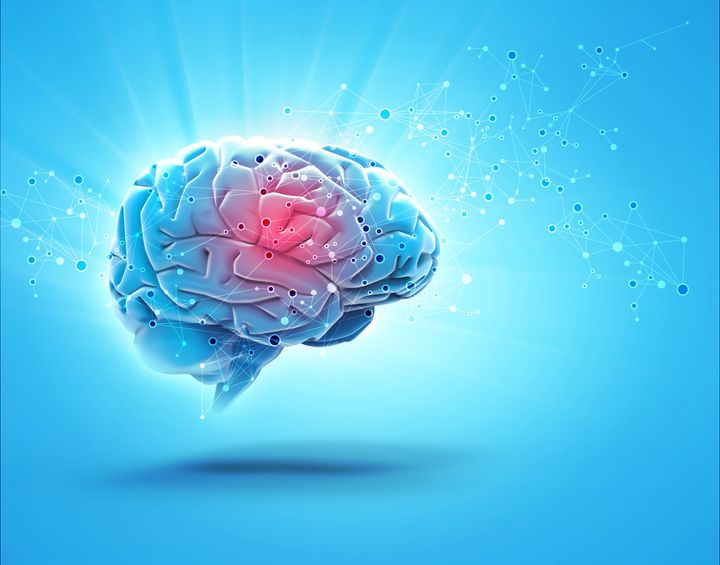
Research on brain development is emerging as the new frontier.
Earlier this month marked World Mental Health Day, an annual event where the World Health Organization urges people like me to talk about our work and what needs to happen if we want to improve the mental well-being of people around the planet. Before plunging into a discussion about my work in brain research, let’s look at the bigger picture.
Studies find that around ten percent of the world’s population suffers from mental illness, including twenty percent of children and adolescents. Depression alone is estimated to affect 300 million people across the planet at any one time. In 2010, the global price tag of mental disorders was estimated to be approximately $2.5 trillion, with numbers projected to climb to $6 trillion by 2030. About two thirds of those costs are due to loss of productivity and decreased income caused by disability or death. Tragically, about 800,000 of those deaths happen every year when people commit suicide.
These global numbers are staggering and beg the question; what are we doing as a society to combat this crisis? What can we, as scientists, do to help improve the lives of people living with mental illness?
The answer for those of us in the field of medical research begins with the brain. The brain is the last biological frontier and some argue it is the most complicated system in the universe. For decades, researchers tried to understand the genetic factors that lead to conditions like depression by sampling people’s DNA. We now understand this only uncovers the tip of the iceberg, because the environment alters how DNA in brain cells function through a process called epigenetics.
Epigenetic activity occurs when something like stress chemically alters parts of the DNA molecule. While the DNA sequence remains the same, chemical changes surrounding the DNA molecule cause the genes to express themselves differently—perhaps they shut down, or maybe the genes begin to function faster or slower. This process is particularly evident in post-traumatic stress disorder or PTSD. In this case, stress from experiencing or witnessing a traumatic event directly alters how the DNA works in the cells of certain brain regions. This means that to understand PTSD, we have to examine specific parts of the brain where these epigenetic changes take place.
Today, we have large collections of donated brains from people who died with various mental illnesses. We take samples of tissue from these brains and then run a variety of tests from DNA to RNA sequencing, to measuring epigenetic changes, and others. In this way, we try to capture how both genetics and the environment increase the risk of changing the brain to result in mental illness.
Studying the brains of people who died with a mental illness is like studying the hearts of people who died with cardiac disease or the lungs of people who died with lung cancer. These studies tell us how that diseased organ functioned and how it malfunctioned, but we also need to understand how the organ became diseased in the first place.
Research in schizophrenia, for example, tells us that to understand this particular mental illness, we have to focus decades before the first signs of illness appear, and look at the very first cells that begin to form a human life. Schizophrenia is first diagnosed in a person’s late teens or twenties, but actually begins biologically with changes in early brain developmental when a person is still in the womb. We know this because the genes implicated in schizophrenia are turned on more often during prenatal development than during later in life. This leaves an enduring footprint in the brains of adult patients possibly because these genes are more sensitive to the environment at that early time.
We know that early-life stress modifies the brain and alters childhood development, and that this process also can even be initiated if the placenta is not healthy. For example, studies have found that if a pregnant woman gets influenza, rubella, or measles, her child has a significantly increased risk of schizophrenia. Other research finds that frequent or prolonged adversity in childhood leads to psychological disruptions that persist into adulthood and increase risk of depression. Maternal infection and childhood stress are two early factors that can change the brain’s architecture, thus altering how the brain functions.
In short, studying the diseased brain is the best way to understand the biological basis of mental illness, but this must be matched with research on brain development to shed light on how brains are built and sometimes become diseased. This is emerging as the new frontier in mental health research. Just as with cancer and cardiovascular disease, we will work not only to develop new treatments for the millions of individuals living with mental illness, but reduce the probability and hopefully prevent these brain disorders from happening in the first place.
